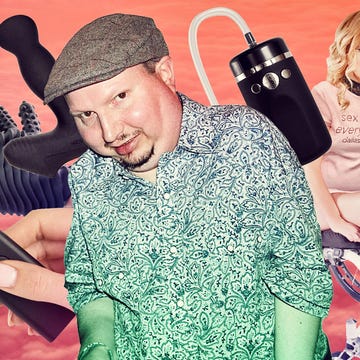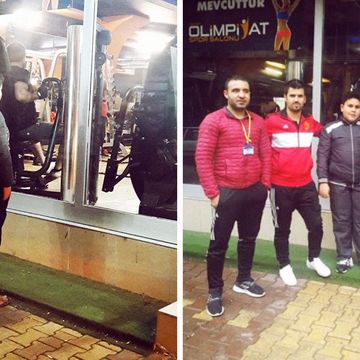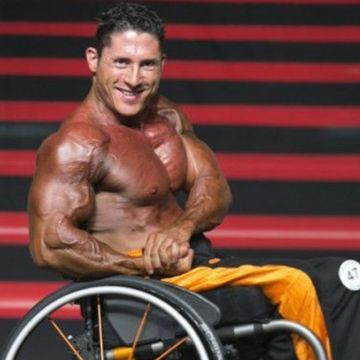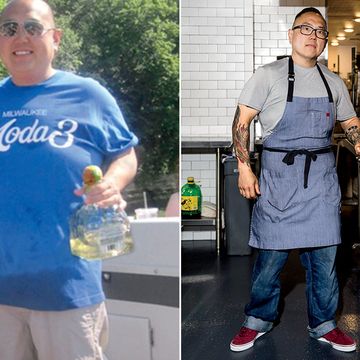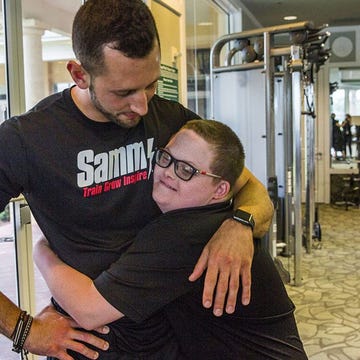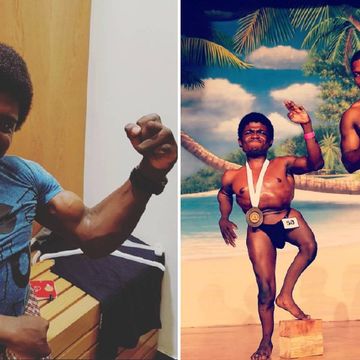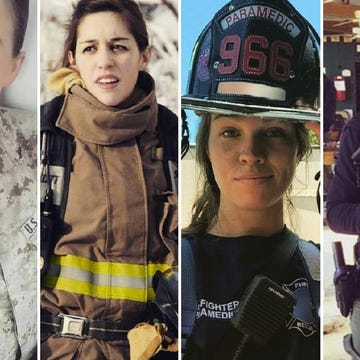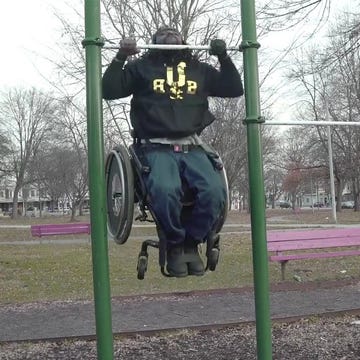Just past 7:15 a.m. on May 9, off-duty firefighter Scott Brawner was working out to Pandora on the treadmill at his local 24-Hour Fitness in Clackamas, Oregon, when he received a series of alerts, overriding the music, on his iPhone.
The notification came from PulsePoint, a new 911-connected mobile app designed to let him, and up to 10 other CPR-trained citizens in the area, know that someone nearby was suffering Sudden Cardiac Arrest (SCA) and needed assistance ASAP. A map suddenly popped up on his screen, and within less than a minute, he found the unconscious man, 57-year-old Drew Basse, in the gym parking lot.
“As soon as I got outside, I noticed a security guard looking upset. I ran over to him, and that's where I found Mr. Basse, sitting in his car with the door wide open. He had no pulse and he was not breathing,” says Brawner, 53, a veteran firefighter and paramedic with Tualatin Valley Fire & Rescue, Oregon's second-largest fire department.
“It looked like it had just happened; he still had some bubbly spit around his mouth. So I grabbed him by his arms and pulled him out of his car,” says Brawner, who notes it wasn't easy to move the approximately 265-pound Basse. He immediately started chest compressions at a rate of over 100 per minute while waiting for the ambulance, which the security guard had called earlier and is the reason Brawner had received the smartphone alert.
When paramedics arrived within 5 minutes, they were able to quickly get Basse breathing with a pulse again. But they were only successful at reviving Basse because of Brawner's life-saving efforts.
Four days later, Brawner visited the hospital to check in on Basse and meet his family. “I've had a lot of people live throughout my career, but I've never had that one-on-one connection with somebody. I'm really happy how well that app worked. It allowed me to find him so fast,” says Brawner, who represents the first big success story for this new technology that was the brainchild of Richard Price, the former chief of California's San Ramon Valley Fire Department, who wanted to connect the 13 million Americans who are CPR-trained with people who need their immediate help.
“It's pretty remarkable,” says Brawner, still in awe. “If I had taken a minute longer to get to him, he would have not survived.” Basse now has an implantable defibrillator in his chest and is expected to have a full recovery. He returned home from the rehab facility last week and will eventually go back to work as a truck driver. And Brawner and Basse have plans to go golfing this month.
PulsePoint made its debut in 2012 and has now been adopted in 600 cities and communities in 18 states. “The app isn't for firefighters, doctors and nurses. It's for people with smartphones who are willing to provide some CPR to a stranger within a quarter mile or so of their location,” Brawner explains. Even if you took CPR ages ago and can't quite remember the procedures, at the very least, showing up to assist other responders—like pulling someone out of a car—could save a life.


